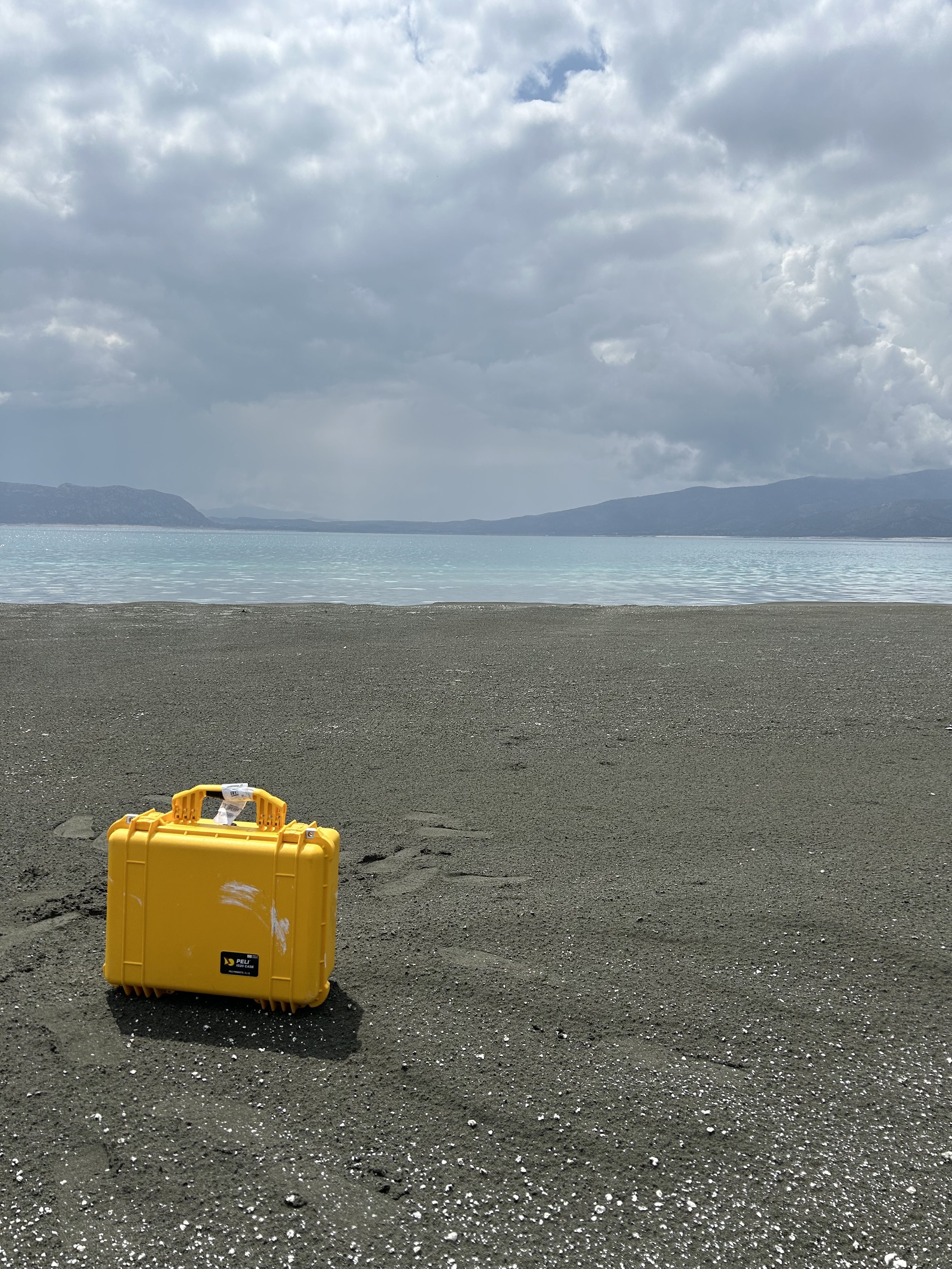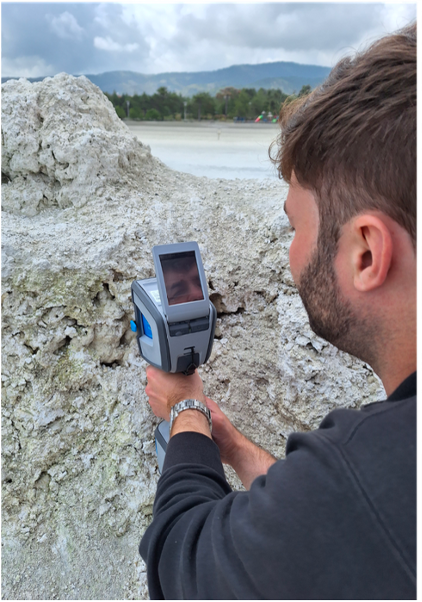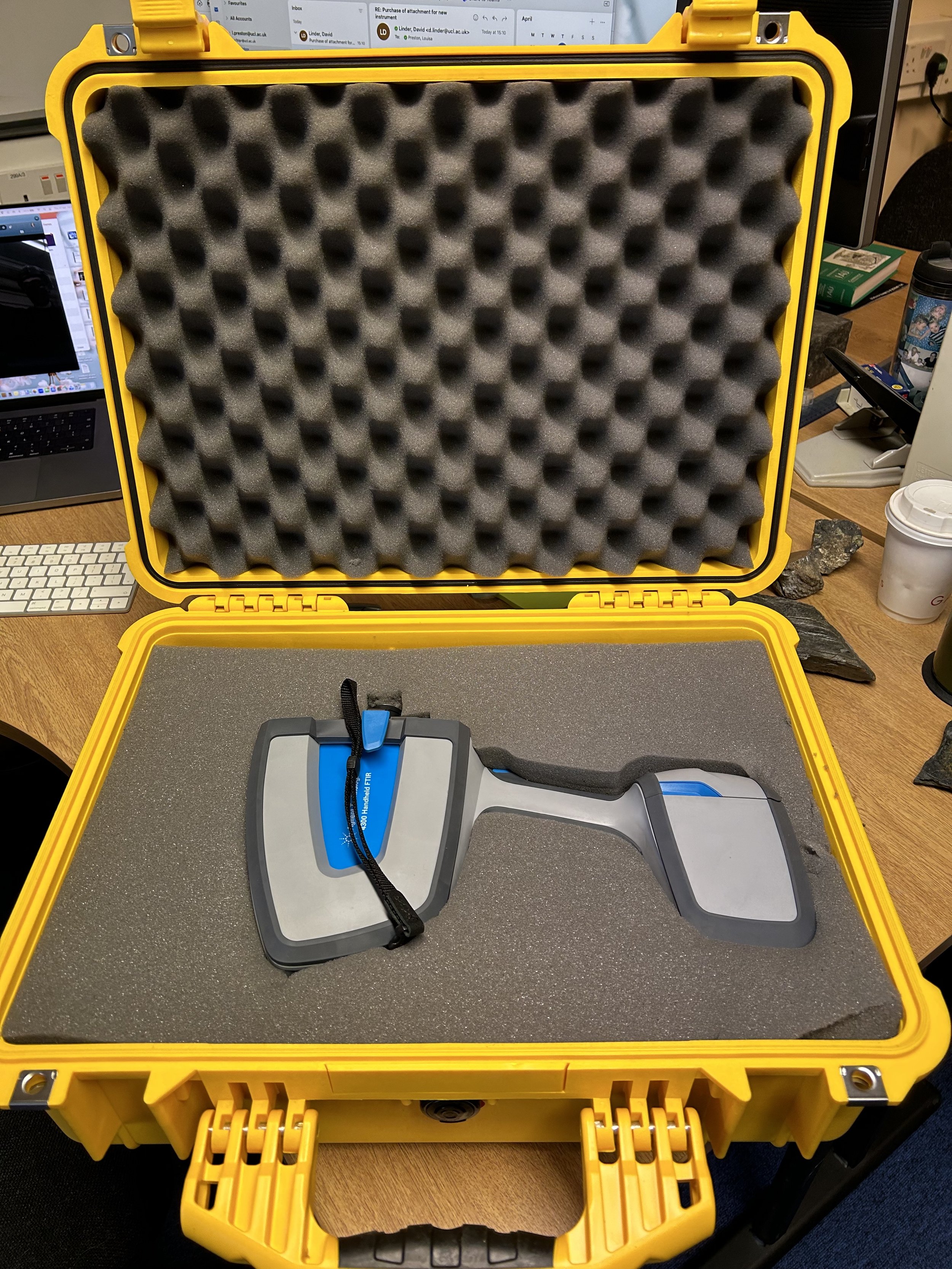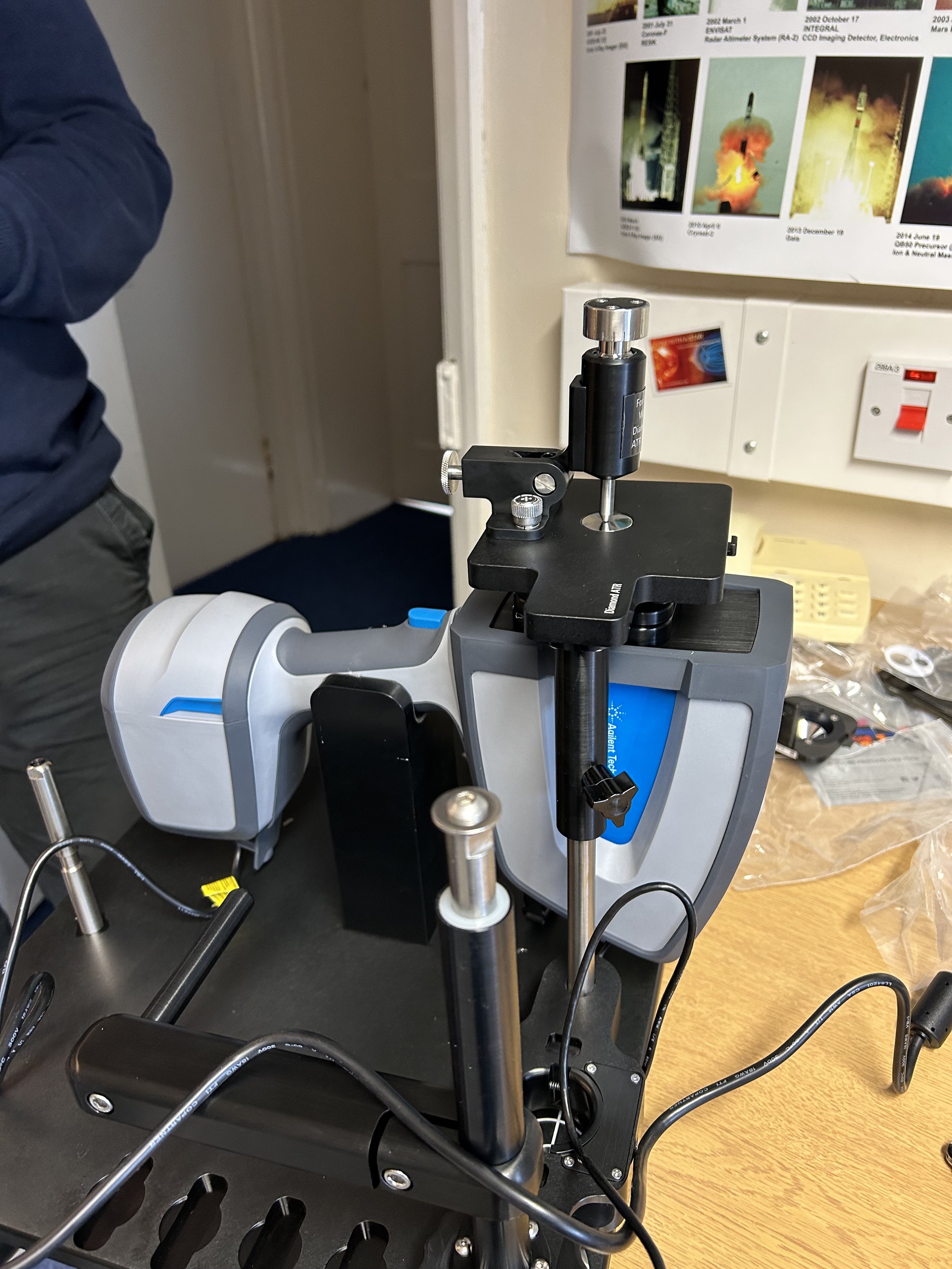The Habitability Lab
As a sub-group of the Planetary Group at UCL’s MSSL, we have combined our interests and expertise to work on understanding the habitability potential of planetary bodies within and outside our Solar System, especially the possibility of life existing on the terrestrial planets and icy moons of our local neighbourhood. We are interested in where simple life may be hiding in the Solar System today and in the past, how we may be able to detect signs of its existence and how its ‘biosignatures’ are preserved within geological materials. Through this we hope to understand how life may first have arisen on the Earth and therefore its potential to have also begun on other planetary bodies.
We are particularly interested in, and involved in, developing techniques and technologies for biomarker detection, and developing the use of IR spectroscopy in astrobiological investigations. We are running a number of projects focusing on the use of Fourier Transform Infra-Red spectroscopy to identify biological materials within geological substrates, using reflected light IR microscopy and diamond ATR techniques to study the degree of preservation of fatty acids and proteins over geological time within the most environmentally extreme habitats on Earth.
We combine experimental simulations, fieldwork, and spectroscopic analyses, blending geological and biological methods, to better enable biosignature detection within terrestrial and planetary materials, and even within the atmospheres of exoplanets. We are not picky about which geological materials and planetary bodies we work on and are exploring the Earth, the Moon, Mars, Europa, Enceladus and Titan as well as studying organics within space materials such as meteorites, ices, and the interstellar medium itself. We are also starting to explore the link between the magnetosphere, ionosphere, atmosphere and surface environments on planets to try and identify the impacts on habitability.
The HabLab is also very interested in the training that goes into future space missions and have worked on numerous analogue mission simulations such as the Canadian Space Agency (CSA) Lunar Analogue Mission: "Lunar Sample Return from the South Pole–Aiken Basin” and the NASA “Hi-SEAS” missions. I also created the “CAFE – Concepts for Activities in the Field for Exploration” catalogue for the European Space Agency to document terrestrial analogue environments appropriate for testing human space exploration-related scientific field activities. https://gsp.esa.int/documents/10192/43064675/C4000104716ExS.pdf/733a9456-a578-4ffb-8158-0d6af7f32767. The lab and MSSL Planetary Group as a whole is actively involved in a number of past, current and future space missions, in particular the 2028 ExoMars Rosalind Franklin rover mission. We are fascinated by the human factors of space exploration and the preparations needed for us to visit and ultimately live in space, especially for the Moon and Mars.
Finally we are using in-situ data from years of field campaigns combined with orbital data from both Earth and Mars to study the impacts of changing environmental conditions on habitability. Astrobiology is the gateway to climate science…
SPEC-I
The HabLab is the proud owner of an Agilent 4300 handheld Fourier Transform Infrared (FTIR) spectrometer with both diamond ATR and diffuse reflectance attachments, whom we fondly call SPEC-I. It is a unique instrument, optimised for both geological fieldwork and lab-based analyses - applicable and useful for both academic and engineering purposes - and will help to transform how we conduct fieldwork making the process more environmentally sustainable, minimising the number of samples collected and sample wastage, thus preserving the field-sites.
It covers the Mid-IR region and as such has the potential to discriminate the organic components comprising cells and their associated materials both preserved as biosignatures chemically bonded to mineral particles and as microbial biofilms. We study the fundamental vibrational modes of functional groups including CO32-, SiO4 and SO42− and a wide range of organic compounds and biomolecules such as proteins, lipids, polysaccharides, and nucleic acids.
The instrument is optimised for the rapid real-time measurement of soils, minerals, metals, ices, and biological materials with little to no sample preparation, allowing for on-site non-destructive analysis of geological and biological samples, without risk of contamination to the environment or damage to the samples. This procedure is similar to in-situ rover studies on Mars. In addition, more detailed lab work and analysis can be conducted via the conversion of the spectrometer into a benchtop instrument.
We welcome enquiries about collaborations to utilise SPEC-I in research projects. Please contact the HabLab PI, and the custodian of SPEC-I, Dr Louisa Preston at l.preston@ucl.ac.uk to discuss your ideas.




